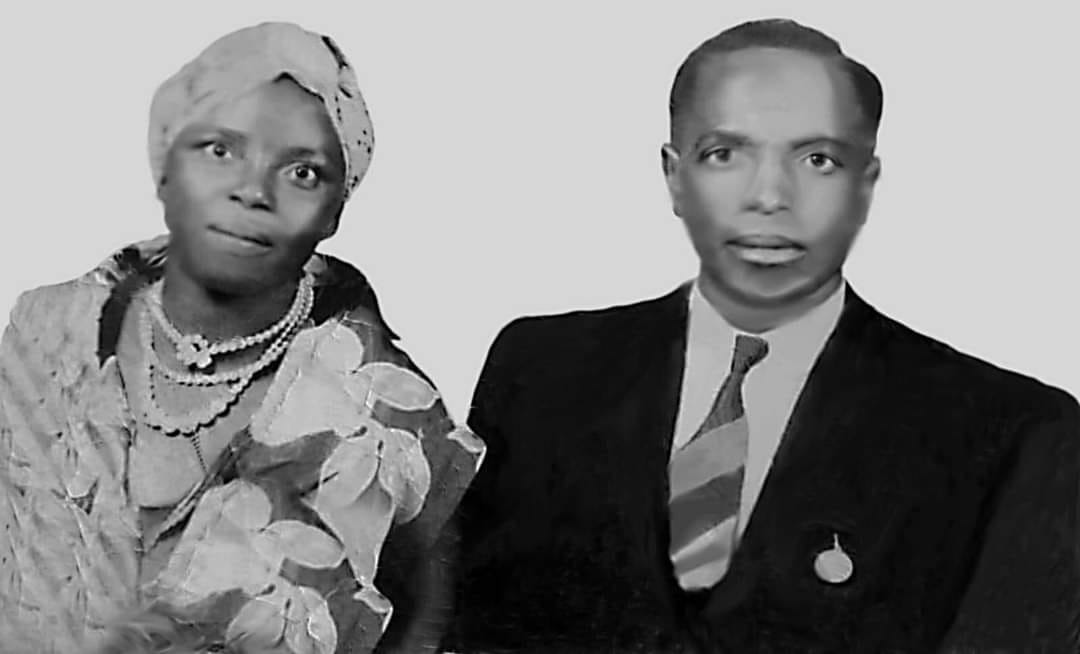HISTORY OF THE NAMWANGA PEOPLE OF NAKONDE
By Bwalya Mange
The Winamwanga people of Nakonde District are believed to have come from North East Africa together with the Tonga/Ila people of Southern province at about 900 BC. Hence some similarities in names between the Tonga’s and Namwanga’s such as Siame in Namwanga and Sianjunza in Tonga. Their lifestyle was a fugal system or nomadic life, meaning that they had no permanent residence.
As they come down, some of the Namwanga’s decided to settle in Tanganyila now called Tanzania while others proceeded to Northern Rhodesia now Zambia. In Tanzania, they spread to places like Mbeya, while those in Zambia settled in Mwenzo area western part of Nakonde District, some parts of Chinsali, Kasama and Mbala. The Tonga’s however
proceeded to Southern Zambia.
It must be noted that by this time, there were no borders available meaning that the Namwanga’s in Tannzania and Zambia shared everything including leadership. After the partitioning of boundaries, the headquarters of the Namwanga people remained in Tanganyika or Tanzania under Chief Mukoma. To this very day, the Paramount Chief of the
Namwanga people is based in Tanzania and only appoints a chief from there to rule over the Namawanga’s in Zambia.
The first chief appointed was Namulinda as Chief Nawaitwika to rule over the Namwanga’s on the Zambian side, when she died Namaipo was appointed as Chief Nawaitwika. Following her death in 1940, Malia was appointed as the third Nawaitwika from 1941 to 1999. Malia ruled for over 56 years, making her one of the longest serving chiefs in Zambia. After her death, Evelyn, who was born in Zambia and lived in Mufulira with her husband was later appointed as the current Chief Nawaitwika.
While at Mwenzo, a certain Bisa man from Mpika visited the place by the name of Musiani, it is believed that this man was very intelligent as a matter of factor, he even introduced firewood to the Namwanga’s. Before Musiani’s visit, the Namwanga’s we
While at Mwenzo, a certain Bisa man from Mpika visited the place by the name of Musiani, it is believed that this man was very intelligent as a matter of factor, he even introduced firewood to the Namwanga’s. Before Musiani’s visit, the Namwanga’s were eating raw food as nomads. Due to his intelligence, Musiani received a lot of favours from the indigenous people namely the Simwanzas, Sichalwes, Sichizyas and Sinkalas who also gave him a local Namwanga girl to marry. He was also given a chiefdom to become a chief. He however, deliberately refused to move from that place to the new village he was given. It is from this that the name Mwenzo comes from. When you deliberately refuse something in Namwanga it is called Umwenzonbyi.
Since this man was a foreigner, he was called Siame. The name Siame in Namwanga means a foreigner. To date, all the Siames are believed to have come from the Bemba land and as such are not Namwanga’s and so are the Simumbas and Nakambas. Other chiefs are Kafwimbi and Mwenechifungwe. these chiefs have their headquarters in Isoka District. The main traditional ceremonies practiced by Winamwanga are: Vikamkanimba, Ng’ondo, Chambo Chalutanga, and Mulasa.
Unique names
Winamwanga surnames are unique in that they contain gender signifiers. All the female surnames begin with “Na” while all the male surnames begin with “Si.” Unlike other ethnic groups in Zambia, who use such prefixes to mean “father-of” or “mother-of,” Winamwanga have the prefixes fixed with their surnames. We see examples of such use in names like Siwale, whose female counterpart is Nawale or Namwila, Simukonda and Namukonda, Sikapizye and Nakapizye, Sinkala and Nambela, Sichalwe and Nachalwe, etc. We find similar use of the prefixes among the Mambwe and the Lungu of Mbala and Mpulungu, respectively.
Among Winamwanga, females belonging to the royal clan may have a surname totally different from that of the males. For instance, males of the current royal clan carry the name Siame, while the females are called Nakamba. Among the Mambwe, however, Nayame is the female equivalent of Siame.
Food
Winamwanga grow millet, groundnuts, beans, maize, among other crops. They also rear cattle (a main store of wealth and currency for marriage transactions), sheep, goats, poultry and pigeons. Winamwanga are teased often by members of other ethnic groups for their fondness for kumbi or pupwe, a vegetable with a slippery quality like okra. It is prepared with baking soda or soaked charcoal ashes and mixed with beans. The kumbi is usually mixed with beans and served with nsima, (a thick maize meal porridge) common among Africans.
Courtship and marriage
As among other African cultures, traditional Winamwanga lack a concept of dating. Any form of premarital friendship between young males and females is strictly forbidden. Young people, however, find ways around the restrictions. To declare interest in marrying a woman, a man must give the woman of his interest money or beads.

If this is a scholary piece,it should quote sources.
Did you know that Tongas and the Lemba in Zimbabwe/Limpopo are Jewish? Google references available.